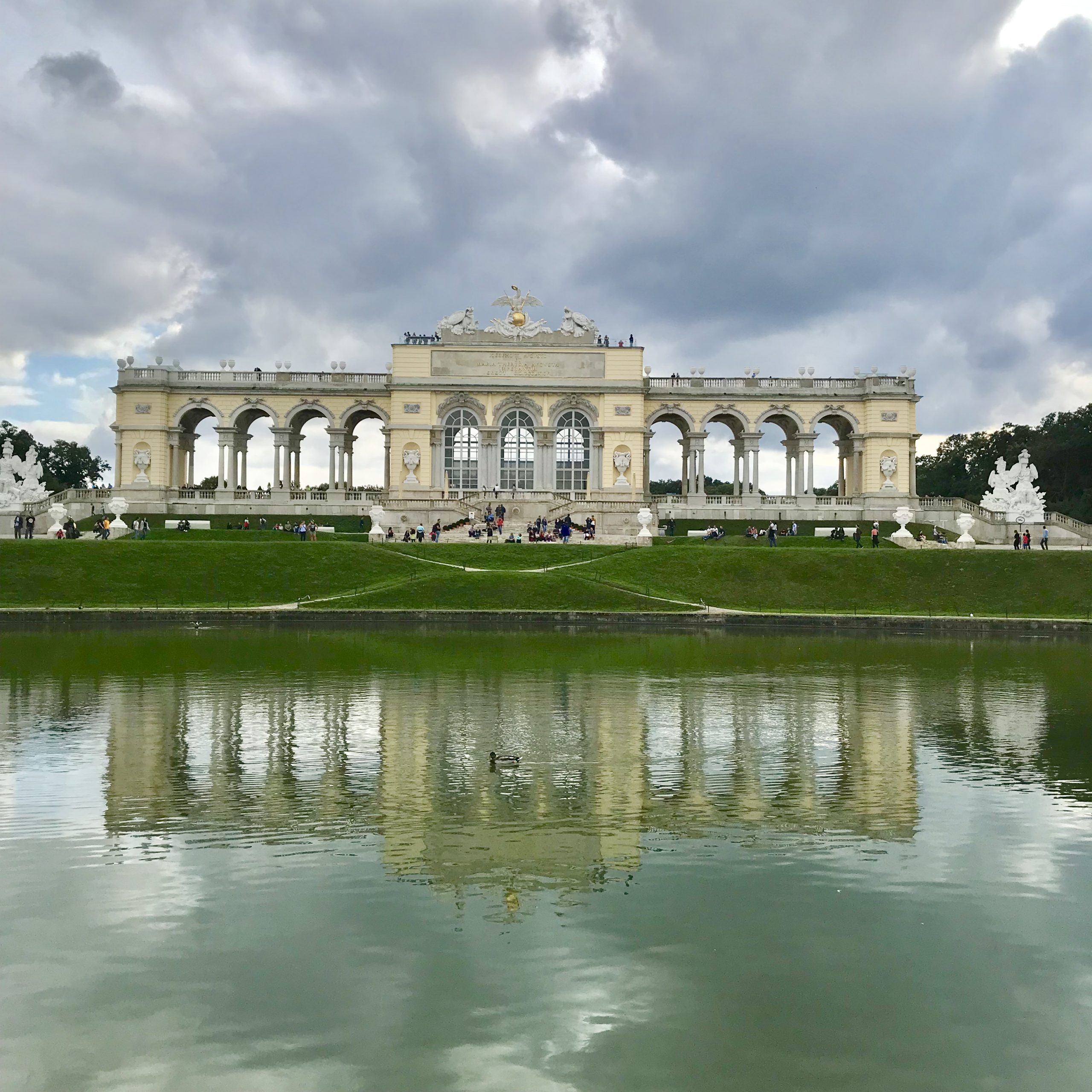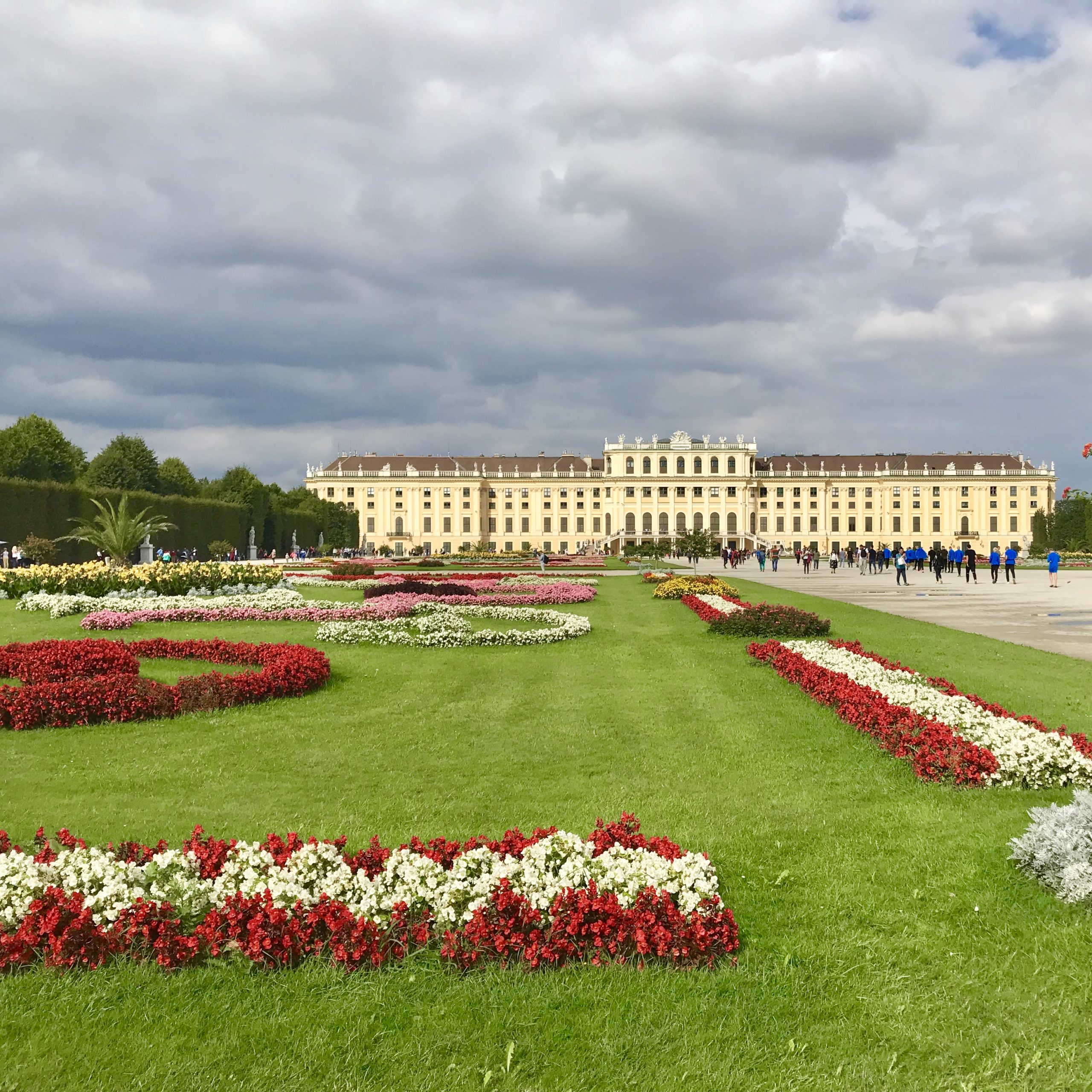Vienna, Austria
Baroque street-scapes and imperial palaces set the stage for Vienna’s artistic and musical masterpieces alongside its coffee-house culture and vibrant epicurean and design scenes.
Vienna is the national capital, largest city, and one of nine states of Austria. Vienna is Austria’s most populous city, with about 1.9 million inhabitants (2.6 million within the metropolitan area, nearly one third of the country’s population), and its cultural, economic, and political centre. It is the 7th-largest city by population within city limits in the European Union.
Additionally to being known as the “City of Music”due to its musical legacy, Vienna is also said to be the “City of Dreams”, because of it being home to the world’s first psychoanalyst Sigmund Freud. Vienna’s ancestral roots lie in early Celtic and Roman settlements that transformed into a Medieval and Baroque city. It is well known for having played a pivotal role as a leading European music centre, from the age of Viennese Classicism through the early part of the 20th century. The historic centre of Vienna is rich in architectural ensembles, including Baroque palaces and gardens, and the late-19th-century Ringstraße lined with grand buildings, monuments and parks.
Vienna, Austria’s capital, lies in the country’s east on the Danube River. Its artistic and intellectual legacy was shaped by residents including Mozart, Beethoven and Sigmund Freud. The city is also known for its Imperial palaces, including Schönbrunn, the Habsburgs’ summer residence. In the MuseumsQuartier district, historic and contemporary buildings display works by Egon Schiele, Gustav Klimt and other artists.








